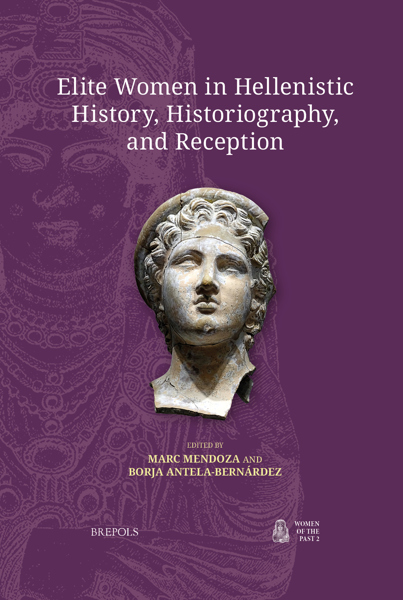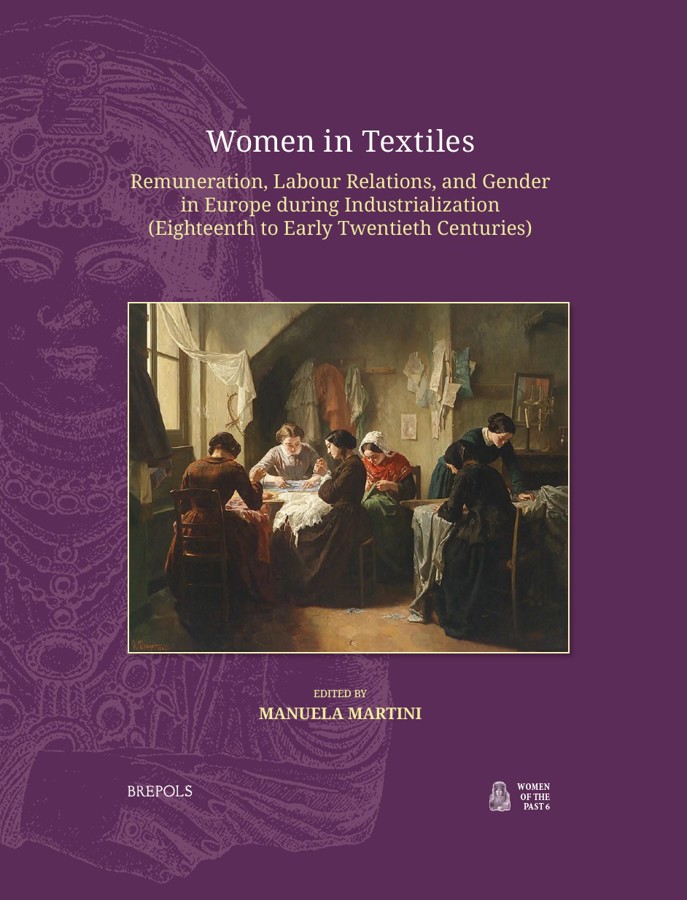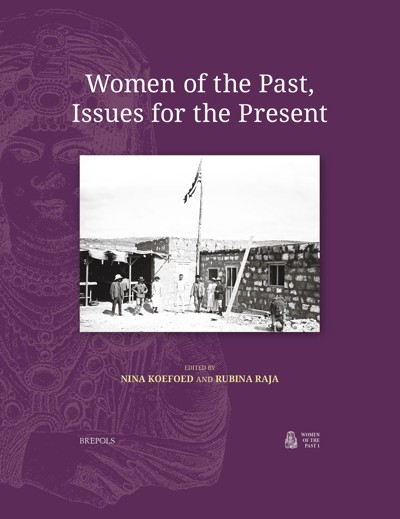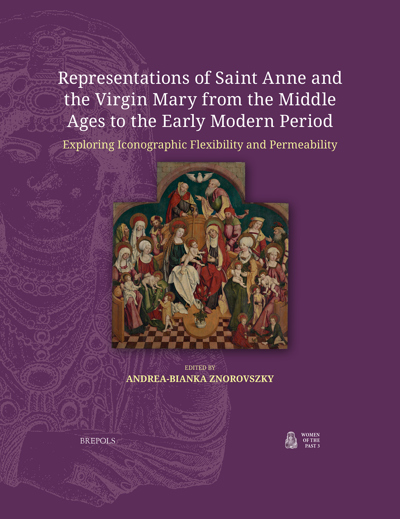
Women in Textiles
Remuneration, Labour Relations, and Gender in Europe during Industrialization (Eighteenth to Early Twentieth Centuries)
Manuela Martini (ed)
- Pages: approx. 270 p.
- Size:216 x 280 mm
- Illustrations:24 col., 24 tables b/w.
- Language(s):English
- Publication Year:2026
- € 135,00 EXCL. VAT RETAIL PRICE
- ISBN: 978-2-503-61987-3
- Hardback
- Forthcoming (Apr/26)
- € 135,00 EXCL. VAT RETAIL PRICE
- ISBN: 978-2-503-61988-0
- E-book
- Forthcoming
*How to pre-order?
A gendered view of time uses and of men's and women's ways of earning a living in textile trades in the first stages of the industrial era in France and Europe.
Manuela Martini is full professor of modern history at the Université Lumière Lyon 2 and a member of the Institut Universitaire de France. She is the president of the Association française d’histoire économique and is a member of the editorial collective of Gender & History. She has published extensively in French, Italian, Spanish, German and English and authored or edited 25 books or journals’ special issues on European economic history, gender history and labour international migrations.
This volume investigates the gendered dynamics of labour in the French and European textile industries, focusing on the economic roles of women within and beyond the household. While the presence of women in textile production is well documented, this collection probes deeper into the structure of their remuneration, the division of labour between domestic and income-generating tasks, and the temporal organization of work. By examining how working-class families balanced household responsibilities with wage labour, the book reconstructs the composition of individual and family incomes across a range of textile trades, including silk weaving, hosiery, lacemaking, and glove-making.
Combining original qualitative and quantitative sources with innovative digital humanities methodologies, the contributors offer a nuanced analysis of both normative frameworks and everyday practices. The volume situates the household as a central unit of economic activity and social negotiation, revealing how gender shaped access to work, time allocation, and the valuation of labour. Through this interdisciplinary approach, the chapters gathered here provide new insights into the historical construction of wage systems and the lived realities of working-class women in Europe in the eighteenth to early twentieth centuries.
List of Illustrations
Introduction: Capturing Gendered Working Time and Remuneration During the Industrialization
Manuela Martini
Part 1. Editing and Processing Qualitative Sources on Labour in the Textile Industry
1. Digital Humanities in the TIME-US Project: Richness and Contribution of Interdisciplinary Methods for Labour History
Marie Puren
2. Data and Metadata for a Digital (Re)-Edition of a Corpus of Social Science Surveys: Le Play’s Les Ouvriers des deux mondes (1857–1930)
Stéphane Baciocchi and Jean-Damien Généro
3. The Gains and Losses of a Weaving Workshop: The Domestic Economy and Role of Women in Lyon’s Silk Industry in the Mid-Nineteenth Century
Manuela Martini
Part 2. Labour Organization, Social Hierarchies, and Gender Relations
4. A Privileged Workforce? Masters’ Daughters in Lyon’s Silk Industry in the Eighteenth Century
Anne Montenach
5. Re-Assessing ‘Women’s Work’: Producing Embroidery in Eighteenth-Century Paris and Lyon
Tabitha Baker
6. Pay, Debt, and Theft: Wages in the Milan and Como Silk Industry (1780–1860)
Lorenzo Avellino
7. Women’s Work in the Fabrique Collective. The Case of Gloveresses in the Grenoble Region
Stéphane Baciocchi, Julien Caranton, Audrey Colonel-Coquet, Anne Lhuissier, and Mathieu Rivero
8. Migrant Linen and Jute Female Workers, from Dundee to Continental Europe (c. 1840-c. 1880)
Fabrice Bensimon and Christopher Whathey
Part 3. Forms of Remuneration and Wage Definition
9. A Forgotten Industry: Hosiery in Occitania and Catalonia: Labour Organization, Wages, and Gender (Eighteenth Century)
Céline Mutos-Xicola
10. Apprenticeship, Gender, and Remuneration in the Parisian Textile Industry during the Second Empire
Anaïs Albert
11. What’s Behind a Wage? Female Work in the Silk Spinning Mills of Nineteenth-Century Tyrol
Cinzia Lorandini
12. Contracts, ‘Ways to Make’ and the Price of Labour: The Public Hearings of the Lyon Labour Court and the Workers’ Point of View (1831–1851)
Manuela Martini and Pierre Vernus
13. Rise and Decline of Female-Breadwinner Spinners in a Barcelona Cotton Mill (1849–1888)
Cristina Borderías
14. Equal Tariffs, Unequal Earnings: Pay Inequality between Female and Male Weavers in a Ghent Cotton Mill (1835–1914)
Peter Scholliers




